How to Determine Which Enzymes to Use to Cut Plasmid
Restriction enzymes that have a recognition site within the multiple cloning site MCS are commonly used since they do not cut elsewhere in the vector DNA and typically produce two easily resolved. Cells were transfected 24 h after seeding with 160 ng of gRNA plasmid and 40 ng of dual-luciferase reporter per well using a plasmidLipofectamine-3000 ratio of 115 and a plasmidP3000 reagent.

Solved Refer To The Plasmid Shown You Cut The Plasmid With Chegg Com
Firstly they have relatively small DNA sequences between 1000 and 20000 DNA base pairs.
. A restriction digest is a procedure used in molecular biology to prepare DNA for analysis or other processing. Determine the DNA concentration of the extracted vector using a. As such it ensures high numbers of the target gene for cloning purposes.
This also ensures that the gene of interest is increased during genomic division. This enzymatic technique can be used for cleaving DNA molecules at specific sites ensuring that all DNA fragments that contain a particular. Plasmids are small circular molecules of double-stranded DNA derived from larger plasmids that occur naturally in bacteria.
RpsL thr leu thi lacY galK galT ara tonA tsx dam dcm glnV44 Δlac-proAB e14- F traD36 proAB lacI q lacZΔM15 hsdR17r K-m K MC1061. This double cut can be repaired through either the generation of two independent mutations or the elimination of the DNA between the two targeted sites. 68 Most plasmid-cloning vectors are designed to replicate inE.
If you are going to use only one restriction enzyme or enzymes that have compatible overhangs or no overhangs after digestion you will need to use a. Assume that you are trying to insert a gene into a plasmid and someone gives you a DNA sample cut with restriction enzyme X. The use of plasmids as a technique in molecular biology is supported by bioinformatics software.
Secondly they are easy to cut open without falling apart and snap back into shape. Subcloning requires the use of 1-2 restriction enzymes that cut immediately outside the insert fragment without cutting within the insert itself. 69 All of the enzymes required for replication of the plasmid DNA are produced by a host bacterium.
Once a new DNA is inserted the modified plasmid can be grown in bacteria for self-replication to make endless copies. Problem Set 5 Answers. Hartl and Jones describe it this way.
These programs record the DNA sequence of plasmid vectors help to predict cut sites of restriction enzymes and to plan manipulations. The ideal plasmid vectors have high copy numbers inside the cell. If you are going to use only one restriction enzyme or enzymes that have compatible overhangs or no overhangs after digestion you will need to use a.
Each plasmid map also indicates the size of the plasmid in DNA base pairs. Cut out and extract the larger band. In addition the plasmid can have a marker gene as the visual marker to help determine whether cloning was successful.
The frequency of cutting in a random DNA sequence for a given restriction enzyme is once per every 4 n where n is the number of bases in the restriction enzymes recognition sequenceThe 4 derives from the fact that there are four different possible nucleotides that may be inserted at any one position G A T or C. For storing plasmids that should not be Dam or Dcm methylated allows for methylation sensitive restriction enzymes to cut the plasmid after preparation. It is sometimes termed DNA fragmentation this term is used for other procedures as well.
The resulting gel image includes a 1kb ladder lane 1 that has bands ranging from about 500bp to 10kb with the 30kb fragment having increased intensity to serve. The gene you wish to. It is also critical that as much of the recipient plasmid as possible be cut with both enzymes and therefore it is important that the digest goes at least 4 hours and as long as overnight.
The restriction sites for specific restriction enzymes are annotated on each plasmid map at the specific location in which the particular restriction enzyme indicated for. The classic example of plasmid vector is pBR322 which was one of the first such vectors to be. The plasmid was digested with 2 unique enzymes HindIII and BamHI and run on an agarose gel.
And these plasmids may require the use of alternative restriction enzymes. This makes it easy to insert new DNA into plasmids. The example plasmid on the right has a total size of 73kb including a 12 kb insert.
It is also critical that as much of the recipient plasmid as possible be cut with both enzymes and therefore it is important that the digest go at least 4 hours and as long as overnight.
Cloning Strategy To Insert Has Into The Pdsred 24ms2 Plasmid For Download Scientific Diagram

Figure 7 12 Construction Of A Genomic Library Of Human Dna In A Bacteriophage L Vector Molecular Cell Biology Ncbi Bookshelf Dna Dna Cloning Human Dna
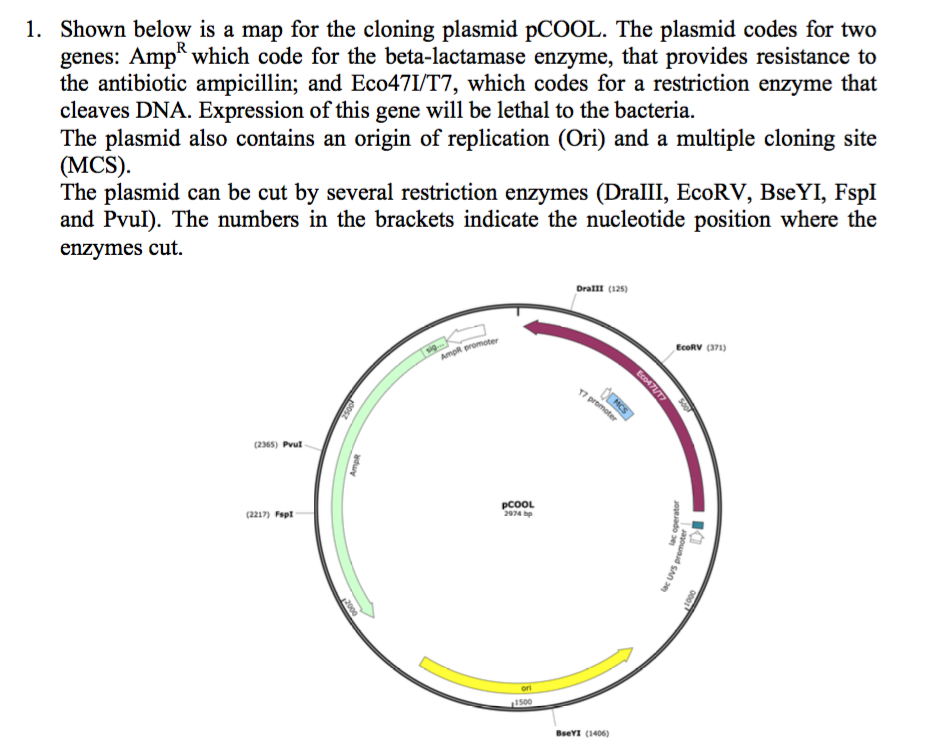
Solved 1 Shown Below Is A Map For The Cloning Plasmid Chegg Com

Plasmids 101 Restriction Cloning

Plasmids And Restriction Enzyme Mapping Ppt Video Online Download

Choose A Restriction Enzyme To Cut The Pglo Plasmid So That You Can Insert The New Gene Give A Brief Explanation For Why You Selected It Pick Two Other Restriction Enzymes And

Choosing Proper Restriction Enzymes Based On Defined Criteria For Pcr Download Scientific Diagram

Restriction Enzyme Cutting Of Plasmid Dna Using Different Doses Of Afb Download Scientific Diagram

Agarose Gel Electrophoresis Of Plasmid By Restriction Enzymes Digests Download Scientific Diagram
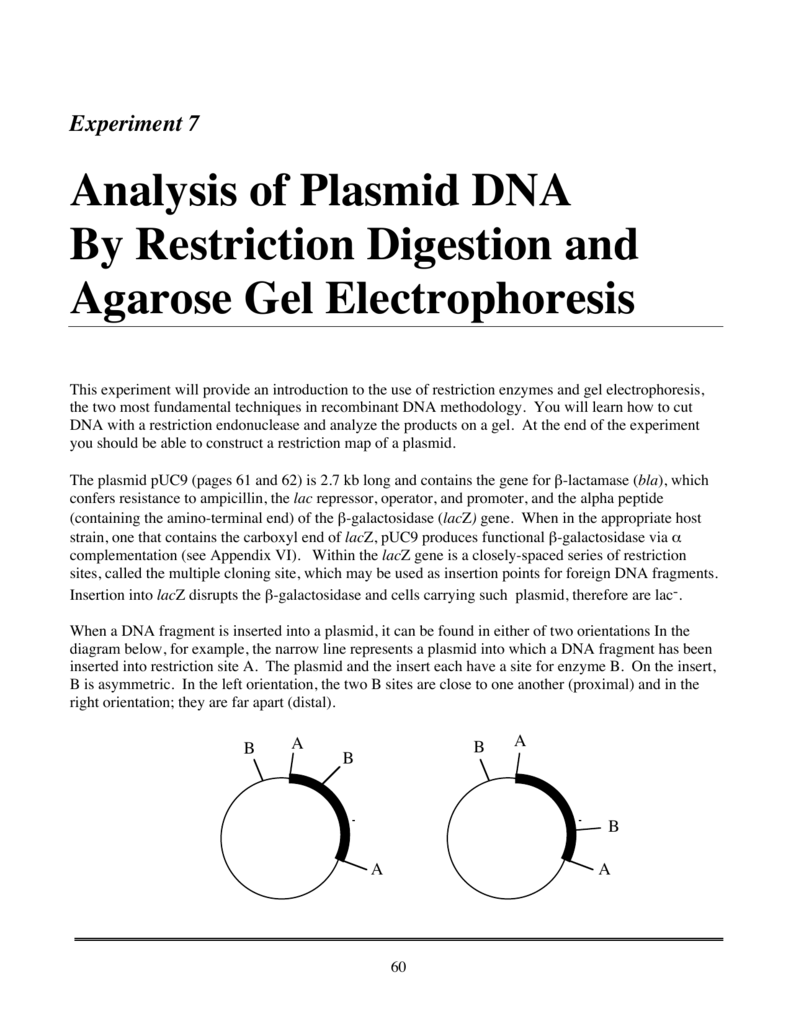
Experiment 7 Analysis Of Plasmid Dna By Restriction
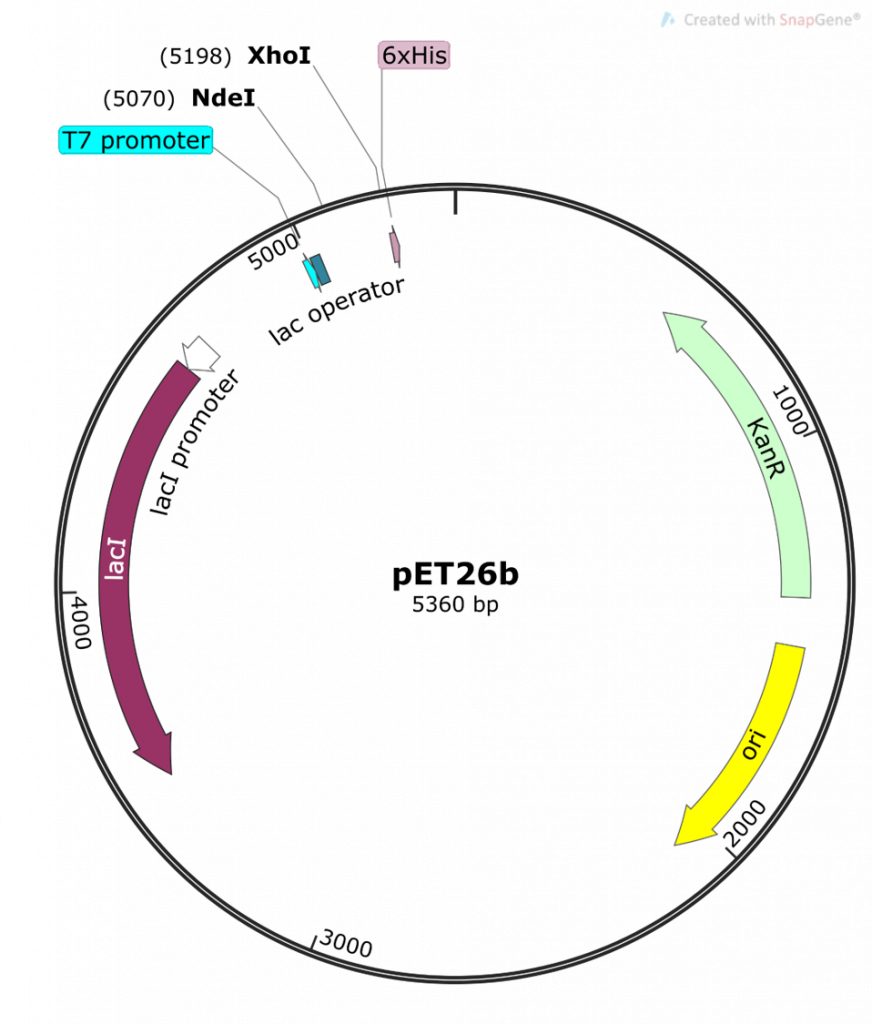
Chapter 2 Background Expected Dna Band Sizes Bbs Oer Lab Manual

Ap Biology Restriction Enzyme Digests On Circular Plasmids Youtube

Solved If You Cut The Pmcitrine Rlca Plasmid With A Chegg Com
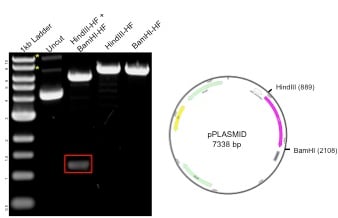
Plasmids 101 How To Verify Your Plasmid Using A Restriction Digest Analysis
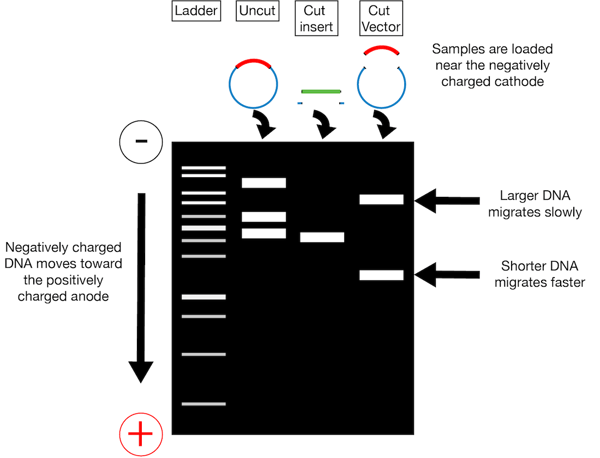
Plasmids 101 Restriction Cloning
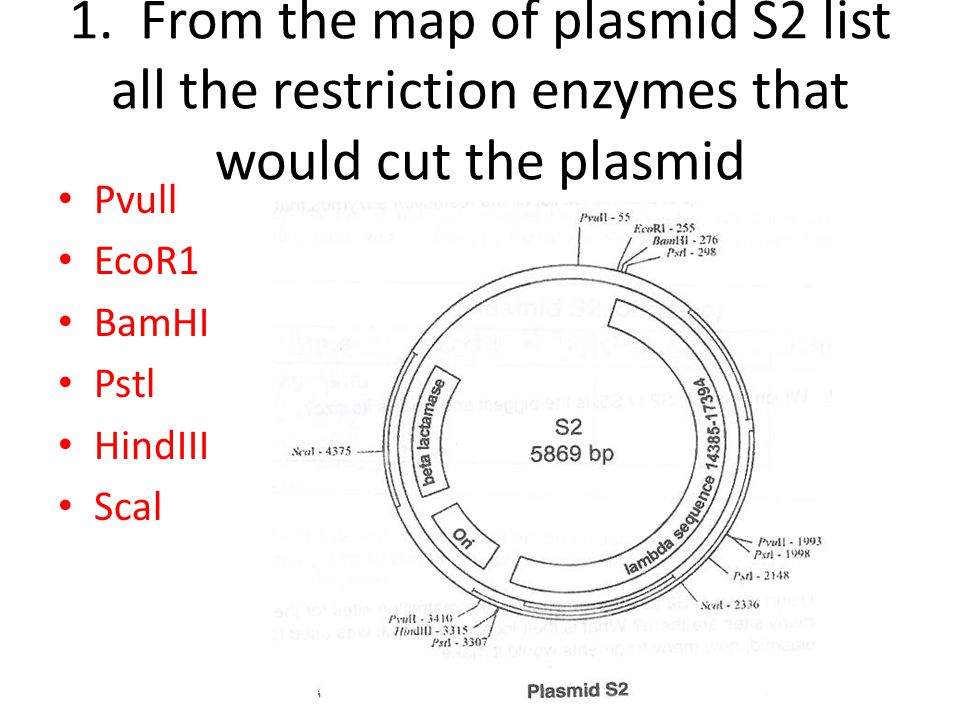
Plasmids And Restriction Enzyme Mapping Ppt Video Online Download
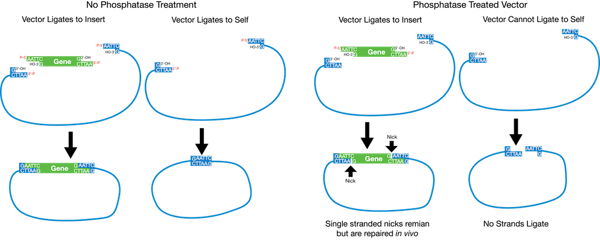
Plasmids 101 Restriction Cloning

Stage 1 Prepare Your Plasmids To Be Cut By Restriction Enzymes Obtain The Plasmids Pkan And Pamp P Stands For Plasmid Pkan Plasmid With Antibiotic Ppt Download
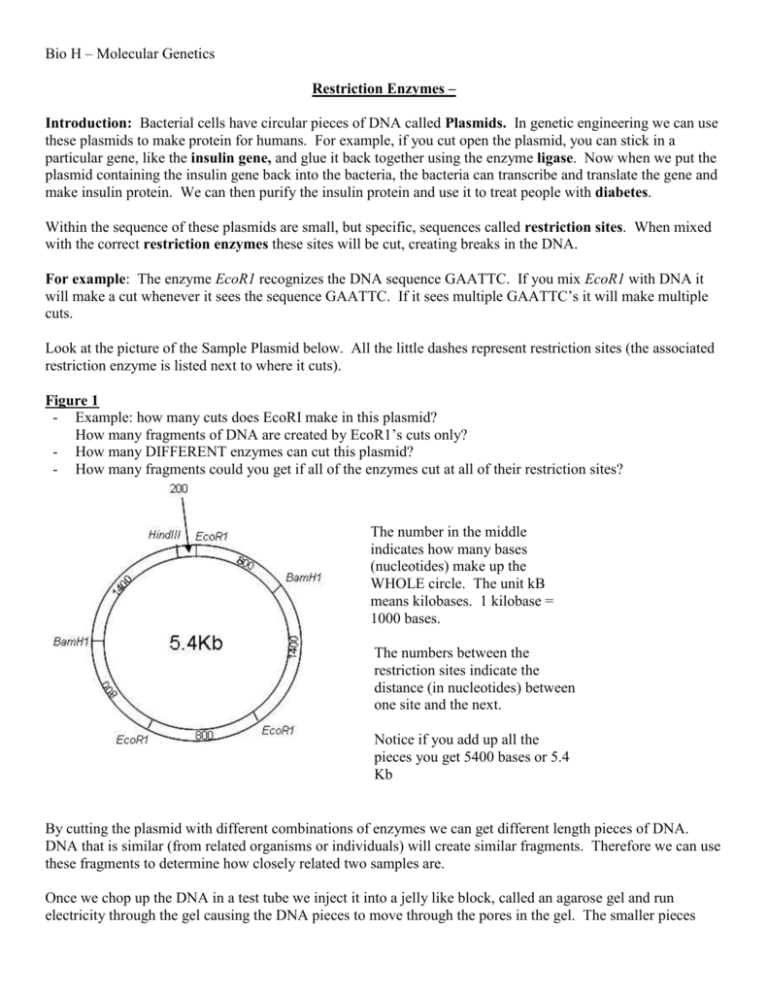
Comments
Post a Comment